THE FRUGAL LAB
We are a curiosity-driven lab which research focuses on the mechanics of complex fluids and solids.
Often inspired by Nature and biology, we explore the physics of how droplets spread and move super fast on rough and superhydrophilic surfaces, how cut and folded surfaces can morph in an unexpected 3D shapes,...
Our general strategy is to strive for fundamental understanding of unexpected natural, biological and physical phenomenon and to exploit our research findings to develop ingenious and frugal solutions to societal problems.
In our lab, we explore and develop basic principles behind unconventional water collection system using fog nets.

OUR APPROACH
- Bio-inspiration - Our research process often starts with a biological inspiration as Nature is a world of fascinating strategies and ideas.
- Digital Fabrication - We use advanced digital fabrication tools that can be found in Fablabs such as 3D printers, laser cutters, CNC milling,... to fabricate our experimental setups and scientific tools.
- Rapid Prototyping - We rapid prototype and build well-controlled experiments in very precise and affordable ways that are often reproducible in any fablab environment.
- Model Experiments - To tackle these physics issues, we design and explore model experiments i.e. “synthetic analogs” that we characterize using Soft Matter tools and that allows us to easily interact with experiments and to enhance our physics insight.
- The Frugal Way - simplifying a problem to its simplest essence (but not simpler) increases clarity and makes is more fit to be shared broadly and empowers people.
OUR WORK AND ACTIVITIES
Academic Research
[Research] Optimization of Fog Nets
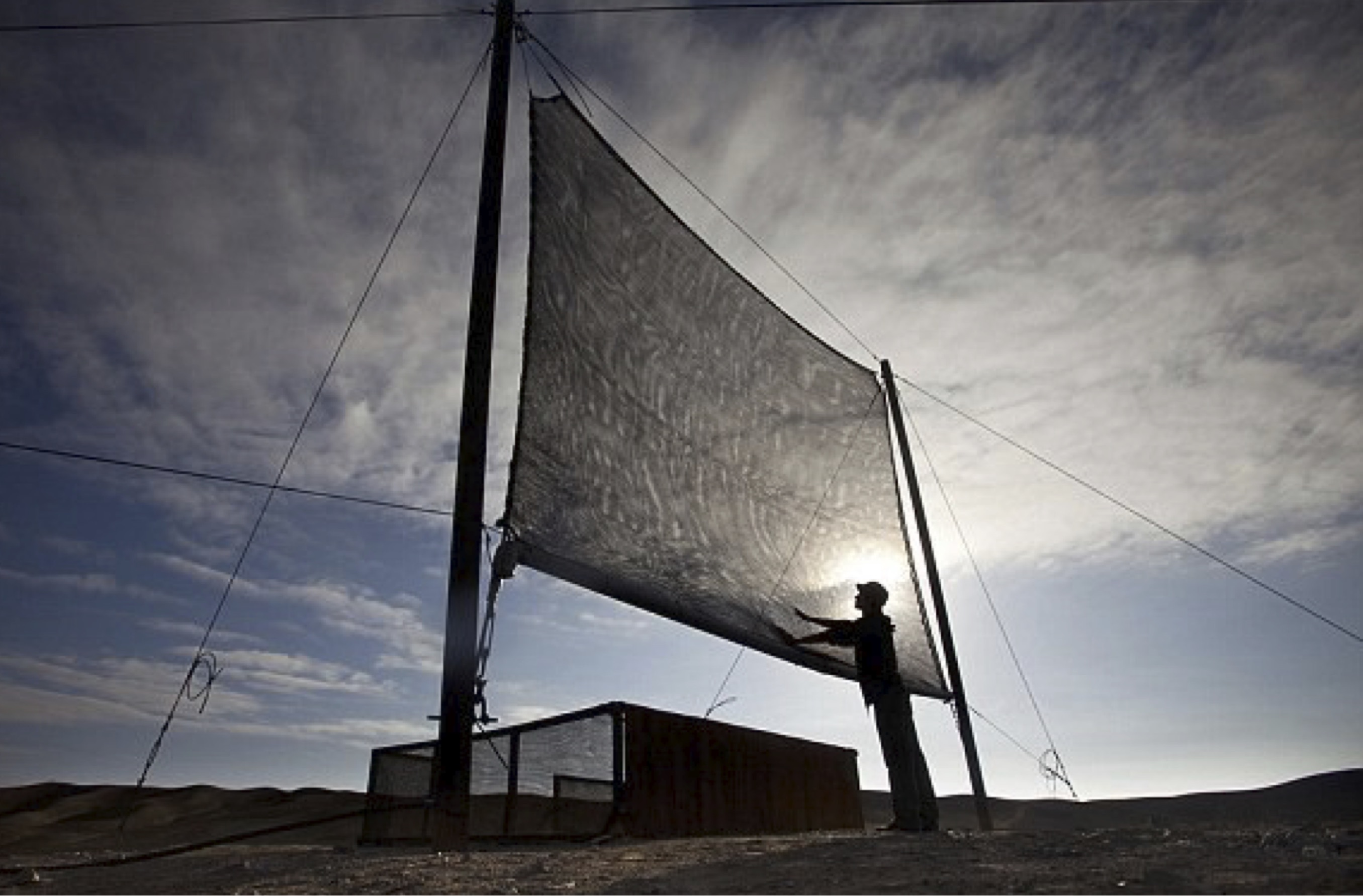
[Research] Wetting of fibres

[Research] Shape and movement of evaporating bi-composed droplet
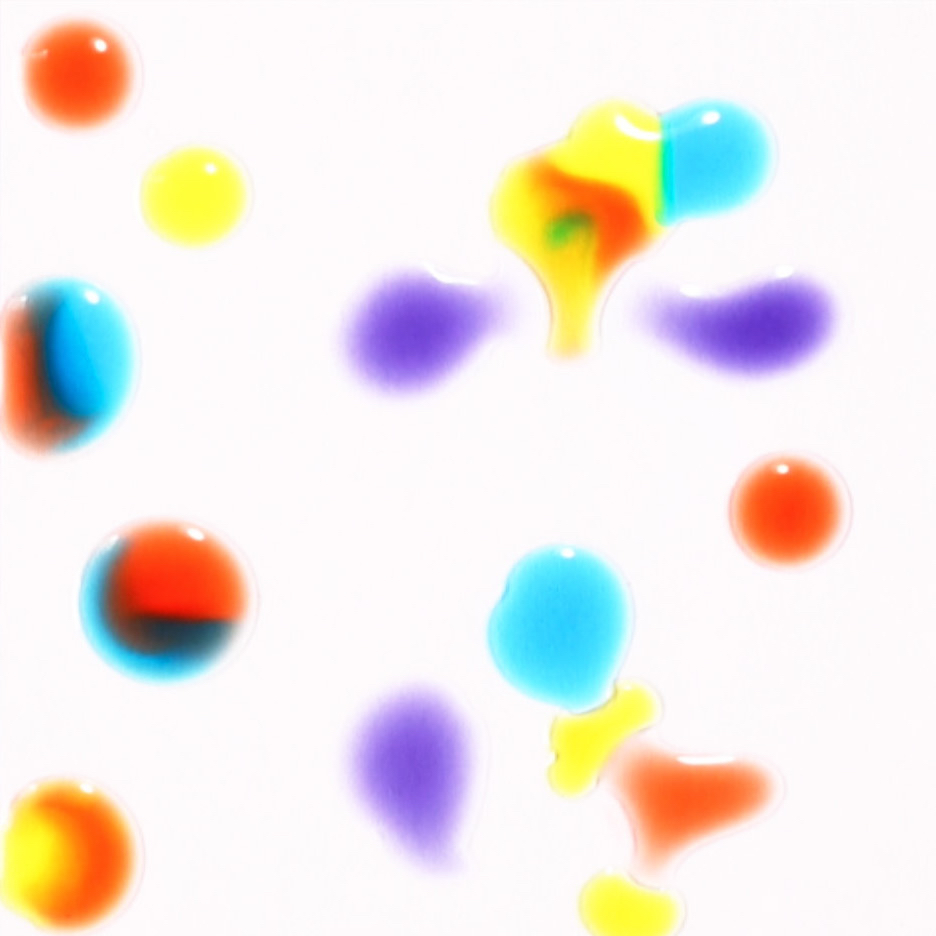
[Research & Teaching] Mechanical Meta Materials
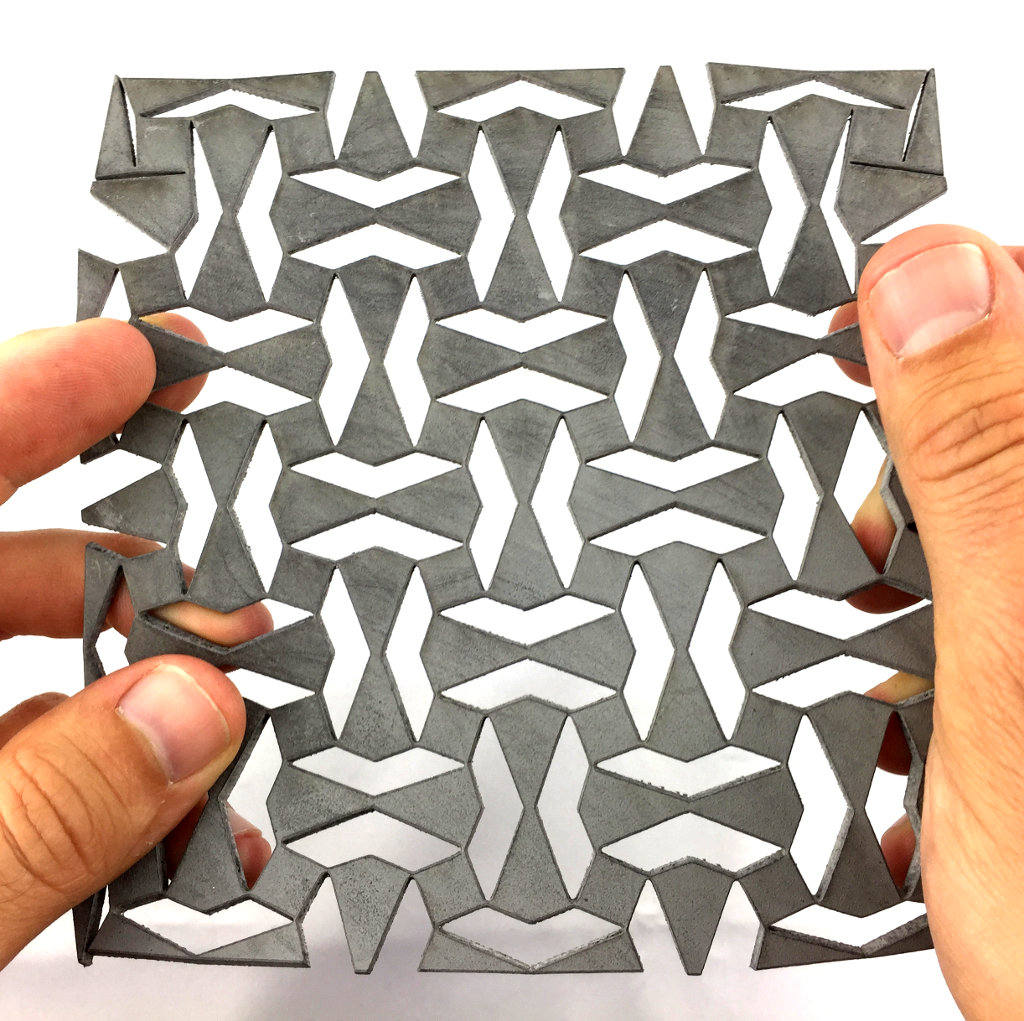
- [Workshop activity] Digital Mechanical Material by Design,
a physicist approach,
Fab14 Conference, Toulouse, Frances 2018 (website)
[Research] Morphing surfaces leading to aerodynamic drag control
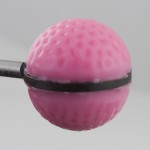
- [Research Paper] D. Terwagne, M. Brojan and P. M. Reis, “Smart Morphable Surfaces for Aerodynamic Drag Control”, Advanced Materials, 26, 6608, 2014. [html, pdf]
- [News] MIT News
- [News] MIT Technology Review
- [News] NewScientist
[Research] Wrinkling crystallography on spherical surfaces
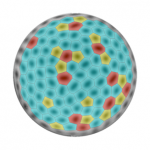
- [Research Paper] M. Brojan, D. Terwagne, R. Lagrange and P. M. Reis, “Wrinkling crystallography on spherical surfaces”, Proc. Natl. Acad. Sci. U.S.A., 112, 14, 2015. [html, pdf]
[Research] Curvature-induced symmetry breaking determines the wrinkling pattern

- [Research Paper] N. Stoop, R. Lagrange, D. Terwagne, P. M. Reis and J. Dunkel, “Curvature-induced symmetry breaking determines elastic surface patterns”, Nat. Mat. 14, 337, 2015. [html, pdf]
- [News] MIT News
- [News] Nature Materials News & Views
- [News] Pour La Science Magazine (online)
- [News] Pour La Science Magazine, n° 450, April 2015 (published)
[Research] Curvature-induced symmetry breaking determines the wrinkling pattern
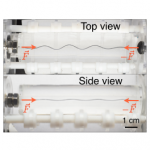
- [Research Paper] S. Tianxiang, J. Liu, D. Terwagne, P. M. Reis and K. Bertoldi, “Buckling of an elastic rod embedded on an elastomeric matrix: planar vs. non-planar configurations”, Soft Matter, 10, 6294, 2014. [html, pdf]
[Research] Bouncing droplets resonant modes
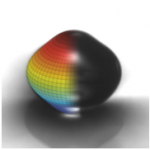
- [Research Paper] S. Dorbolo, D. Terwagne, N. Vandewalle and T. Gilet, “Resonant and rolling droplets”, New J. Phys. 10, 113021, 2008. [html, pdf]
- [Research Paper] D. Terwagne, F. Ludewig, N. Vandewalle and S. Dorbolo, “The role of the droplet deformations in the bouncing droplet dynamics”, Phys. Fluids 25, 122101, 2013. [html, pdf]
[Research] The singing bowl
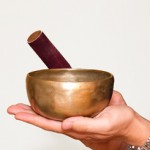
- [Research Paper] D. Terwagne and J.W.M. Bush, “Tibetan singing bowl”, Nonlinearity 24, R51-R66. Recommended by Professor D. Lohse, 2011. [html, pdf]
- [News] BBC News, universcienceTV, Nature News blog – ScienceNow – NewScientist – Futura-Sciences – Le journal Le Soir – CBSnews (USA) – USAtoday (USA) – Scientific American – Physics Central – Volkskrant (NL) – Le 15ème jour (ULg) – Interview Web TV (ULg)
[Research] Microfluidic on a wire
- [Research Poster] Summary on a poster presented at the American Physical Society, Division of Fluid Dynamics at Mineapolis in November 2009.
- [Research Paper] T. Gilet, D. Terwagne and N. Vandewalle, “Digital microfluidics on a wire”, Appl. Phys. Lett. 95, 014106, 2009. [html, pdf]
- [Research Paper] T. Gilet, D. Terwagne and N. Vandewalle, “Droplet sliding on fibres”, Eur. Phys. J. E 31, 253, 2010. [html, pdf]
[Research] Frozen splashes
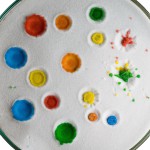
- [Research Paper] G. Delon, D. Terwagne, S. Dorbolo, N. Vandewalle and H. Caps, “Impact of liquid droplets on granular media”, Phys. Rev. E 84, 046320, 2011. [html, pdf]
Open-Source Lab
Teaching & Outreach
[Teaching] Fablab Studio

At Fablab ULB, Victor Lévy, professor of architecture and Denis Terwagne, professor of physics, are experiencing and developing an agile teaching method to make students work with digital tools in interdisciplinary teams and to make a real-world impact.
Starting with a "real world" problem, we guide the students to define their own assignment. To run the class, we use collective intelligence and tools from sociocracy. We help the students to use the digital tools within a Fablab and have a conversation with authentic audiences from all around the world.
- [Projects] 2019-2020 Fablabs x Resilience in Cuba
- [Projects] 2018-2019 Fablabs x Humanitarian Aid
- [Projects] 2017-2018 Fablabs x Water Harversting
- [Projects] 2016-2017 Architecture x Physics
[Teaching & Outreach] Fab Academy
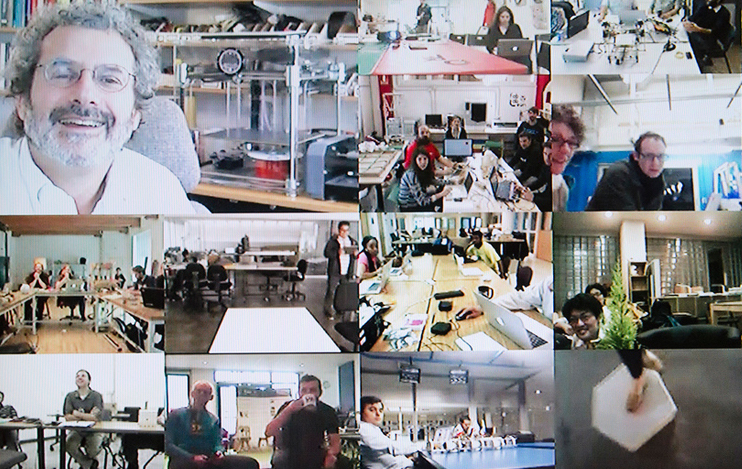
- [Portfolio] Axel Cornu
- [Portfolio] Denis Terwagne
[Teaching] Soft Matter Physics - flipped classroom

- [Class notes] Soft Matter Physics (in french and made by the students !)
Soft Structures and Surfaces
OUR TEAM
Since 2019, FrugalLab team is part of an interdisciplinary research team embedded in our university FabLab ULB.
The Fablab ULB team is composed of scientists, engineers, architects, lawyers, ... which aims to act on the world and which recognize the necessity of addressing tomorrows challenge collectively and multidisciplinary.
"Immersed in the third digital revolution, we are exploring how digital fabrication is changing the way we make things, we come and work together in order to guide our society to stay on top of a fast changing world."
OUR WORKSPACE
The lab is located on the new and vibrant ULB-VUB Usquare Campus in Brussels within the FabLab ULB.
The lab is embedded in a making culture and an interdisciplinary environment that allows to deal with research questions beyond individual disciplines (Science, Architecture, Engineering, Law).
